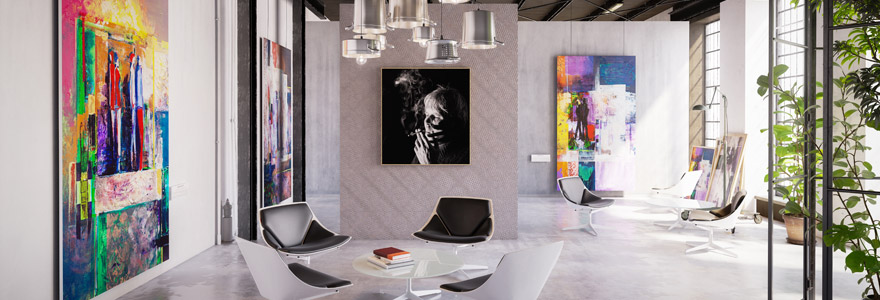Because of the unusual conditions of the previous year, the internet art industry is finally growing. To fully reap the merits of the format, auction houses and galleries must expand their online marketplaces. Data is one of those essential measures that may help them develop trust and deliver a tailored experience. In a new market test, the company sells its first utterly digital work of art.
the Art Market on the Internet
Due to increasing demand for artwork result to a remarkable effect on people's lives. Numerous in the art industry hope that this competition would work as a catalyst to hasten the market's transition to the digital sphere. The extent to which the art market has progressively shifted online, on the other hand, is disputed. While there is a general pattern in the marketplace to boost online art gallery transactions and reduce costs by eliminating face-to-face transactions, a closer examination of the nature of 'digitalization' reveals that the fundamental structure of the art marketplace is unlikely to alter. A few sizeable fine art gallery will continue to dominate the market, while others will persist in governing the world of antiques and marketing. The demand put the art industry under lockdown, forcing all marketing and sales to be conducted online. Therefore, it is no wonder that many believe stiff copetition will be the catalyst for the art world's digital remake. For more information, click on this link artsales estades.com.
The art online art gallery market is undergoing potentially transformative changes, some of which are expected to stay. Some academics feel that social distance will alter the way company Appraisal purchase art. Dealers will have to discover novel ways to produce the enthusiasm that lets markets Appraisal purchase art on the spur of the moment without the delight and anguish of crowded art fairs and gallery openings. As artists emerge from the crisis, it is highly improbable that the art globe will return to its pre-crisis state. Social distance has compelled a novel type of online engagement, which may permanently change how the art industry and its players handle their internet presence.
Online art gallery marketplaces are increasingly becoming a natural element of the art sales sector. Nonetheless, some platforms are warning that, while online sales have benefitted from the current competition, a prolonged economic slump might harm online platforms with more significant overheads in the long run. More than half of online art platforms anticipate the online art industry will continue to be focused on purchase painting, with particular platforms dominating specific areas. While fine art accounted for the bulk of online art sales, there is a significant development in other sectors, such as jewelry.
Extensive art gallery are expected to emerge as essential internet players. When galleries eventually adopt digital technology, some online platforms hope to become major online players. Extensive galleries have elevated the notion of online gallery platforms by allowing smaller galleries and art fairs to show and sell using their technological platforms, converting these extensive galleries into third-party internet sales platforms. Most sales platforms agree that a few worldwide firms will dominate the online art industry, galleries may begin to demand greater control over their digital presence, which may affect their connection with third-party platforms.
Artistic Big-Tech World
IT behemoths and public organizations are also pushing for an expansion in the digital presence of the arts. Google Arts and Culture have partnered with numerous museums and galleries worldwide to give virtual tours and online exhibits, allowing visitors to visit several renowned art institutions and explore their markets from the comfort of their own homes. A growing number of museums are using telegrams to promote digital archives, films, and performances. The museum community is becoming more active on social media, with numerous museums providing information, films, and thoughts about their new market on Facebook. Art shows have been compelled to use online alternatives with the emergence of social media.
